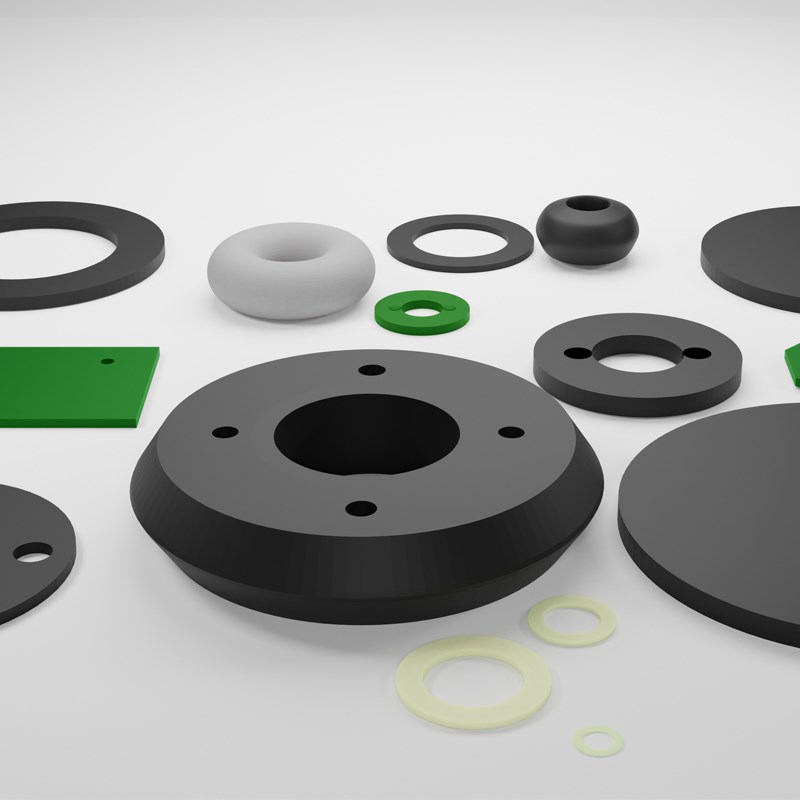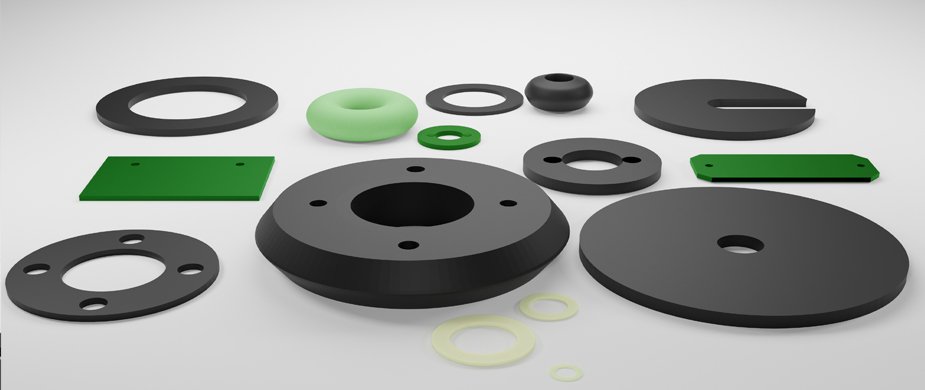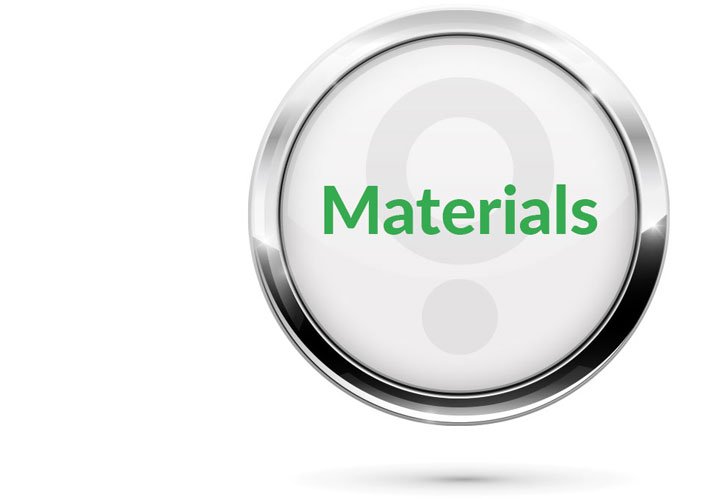Material Compatibility
Published date: 03 Oct 2023

At SBR-LS, our range of medical-grade materials offers customers the benefit of reliable, durable, and safe options for their life science applications.
When supplying goods to the medical and life science industries, quality and material compatibility are of paramount importance to ensure that parts are reliable, fit for purpose, and safe for use with the human body. But, when offerings are so abundant, it can be hard to differentiate what is the best fit for you.

In today’s blog, we’ll be looking at our three most popular materials – Medical-Grade Silicone, FKM and EPDM – and explore their applications, characteristics, advantages, and limitations.
Silicone
Our most popular material, medical-grade silicone, is renowned for its status as a versatile and durable elastomer, boasting excellent temperature resistance, flexibility, and sterility.
It is specifically formulated to meet stringent biocompatibility requirements, meaning it is well tolerated by living tissue and does not cause adverse reactions when in contact with the human body. Its working temperature range of -60°C to 230°C and resistance to chemical degradation allows it to withstand common sterilisation methods such as gamma, ethylene oxide and autoclaving. Additionally, exposure to sustained pressure does not hinder the sealing properties of silicone, making it a great option for repeat-cycle applications. Platinum-cured silicone has advantages over the peroxide-cured variation, such as superior clarity, fewer extractables and no risk of peroxide residues within the application, making this an even greater fit for applications that rely on heightened sterility.
Despite its benefits, silicone does have some limitations which may make it unsuitable for your application. For example, silicone has a poor tear and abrasion resistance, meaning that its performance in dynamic applications is limited. Its tensile strength is also limited, at around 10kPa, which means that for high-force and high-pressure applications silicone may not be for you. Click here to learn more...
FKM (Fluorocarbon)
FKM, or Fluorocarbon, offers benefits over silicone that might make it, in some cases, superior in a medical context. FKM is widely used in medical applications where exposure to aggressive chemicals, such as acids, bases, and solvents, is expected.
In general, the repeated sanitising cycles of medical and life science applications puts a strain on materials used as they need to be able to withstand extremes in pressure, temperature, vacuum, and radiation. For this, FKM offers excellent resistance to high-temperature sterilisation methods like autoclaving and makes for a suitable option for devices that require frequent sterilisation.
There are a few limitations to FKM, however, that prevent it from more widespread use than its medical-grade counterpart. Firstly, the limited biocompatibility of FKM means that it may not be suitable for applications that involve direct and prolonged contact with living tissue or bodily fluid, as it could potentially cause adverse reactions and compromise safety. Additionally, FKM is available at a much higher cost than silicone, so for applications where cost-effectiveness is a priority it may not be the best option. You can find further information here.
EPDM
While EPDM offers excellent weather resistance, sealing properties, and electrical insulation, its compatibility in direct medical applications is limited compared to materials like FKM or medical-grade silicone.
EPDM is not as biocompatible as medical silicone, making it less suitable for devices or components that require prolonged contact with the human body or fluids. Additionally, EPDM does not exhibit the same level of chemical resistance as FKM, which can limit its usage in applications involving aggressive chemical exposure.
However, in spite of where it might fall short compared to the heavyweights of silicone and FKM, EPDM is effective as a material for seals, gaskets, or devices that are not directly in contact with the human body. It offers outstanding abrasion resistance, preventing detrimental leaks and tears, and offers excellent temperature stability from -40°C to 275°C. While properties like ozone or weather resistance are not required in medical and life science applications, these properties are a testament to the resilience and durability of EPDM and how it can be relied upon, cycle after cycle. For more information on EPDM, click here.
To summarise, each material featured has specific properties that benefit different applications:
Silicone - A good all-rounder in terms of sealing, as well as standard levels of tensile strength that would most be suited to lower pressure and impact applications. Suitable for resistance to gamma, ethylene oxide and autoclave sterilisation and high temperature resistance.
FKM - More durable than silicone, and has higher chemical resistance, making it more suitable for higher-pressure applications that rely on strength and continuous use.
EPDM - Limited in terms of biocompatibility, but a wide working temperature range and durability.

Click here to download our materials properties chart for additional information.
To discuss further or request samples of these materials, please get in touch with us on +44 (0)23 9225 5180 or email sales@sbrls.com








